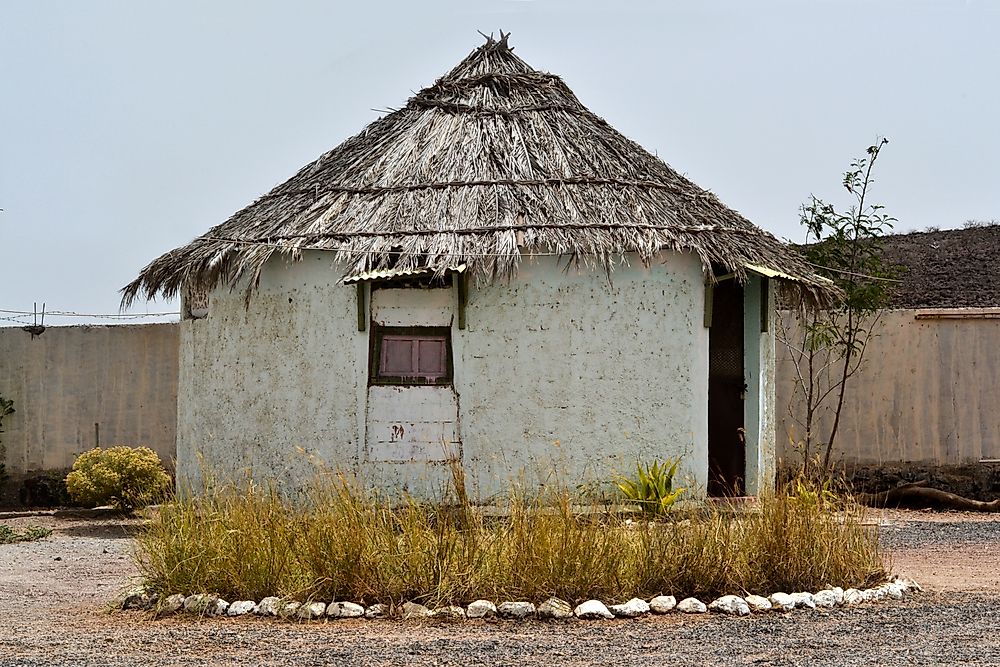Who are the Afar People?

The Afar people are a nomadic eastern Cushitic community found in Ethiopia, Eritrea, and Djibouti. Ethiopia has the highest population of the Afar people at about 1,276,372 people followed by Eritrea with 526,000, and Djibouti with 306,000. The Afar speaks the Afar language, which is closely related to other Cushitic languages such as the Oromo, Saho, and Somali. Though the origin of the Afar is not precisely known, they are linked to Yemeni Arabs. The first records of the Afar in Ethiopia date back to the thirteenth century. After settling in Ethiopia, the Afar developed independent sultanates. The most notable sultanates in the history of the Afar include the Adal Sultanate, the Sultanate of Dawe, and the Sultanate of Tadjouran. Currently, most of the Afar people are under the governance of modern governments although those on the fringes maintain their traditional structures.
Religion Of The Afar People
The Afar people are Muslims and base most of their traditions and practices around the Islamic faith. Although some of the community members still practice traditional Cushitic religions, they recognize the importance of Islam within their lives. Others are lax about practicing Islam. They read the Quran during important festivals such as weddings. During recent years, the spread of Christianity has led to the conversion of some of the member of the Afar community.
Culture Of The Afar People
The Afar people are predominantly nomadic basing their lives around livestock including camels, goats, sheep, and sometimes cattle. Like in most nomadic communities, the size of cattle is a direct indicator of a man’s wealth and social status. The movement of the Afar is related to the seasonal changes in weather patterns and availability of water and pasture. During movement, the Afar carry their houses and reassemble them at their new settlement. The Afar people, unlike most Muslim communities, are a monogamous group with marriages occurring mainly among first cousins. Girls are married off as young as ten years while men have to kill in the battle to be eligible for marriage. They practice both female and male circumcision. Like most Cushitic groups, female circumcision involves sewing together of the vulva. Their diet mainly consists of meat and milk and sometimes supplement with agricultural products acquired through raids or trade with the people from the rift valley.
Social, Economic And Political Organization Of The Afar People
The Afar are a patriarchal community with most men taking leadership roles. The basic social organization of the community is the family then the clan. Within the family, women have the responsibility of running the home, setting up houses, and milking goats. During ceremonies, women lead in songs. While most of them are nomadic herders, others have developed other economic professions based on their location and modern developments. Members of the community living at the coastal areas practice a more sedentary lifestyle and rely on fishing and sale of fish for livelihood. Nomads are also known to trade animal products including milk, meat, butter, and hides, a trend that developed during the 20th century. The Afar are divided into two groups, the Asaimara and the Adoimara. The Asaimara or the red men include the wealthy landowning class while the Adoimara represent the poor lower class. The Afar organized themselves into tribal groups that were especially important during inter-tribal conflicts. Within the tribes, men were grouped into age groups and placed under a common chief.











